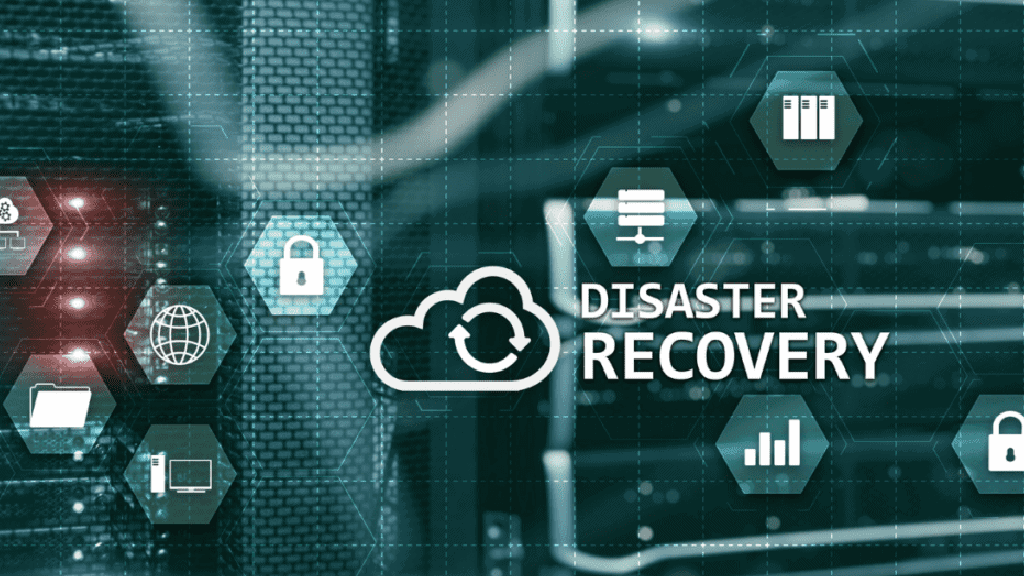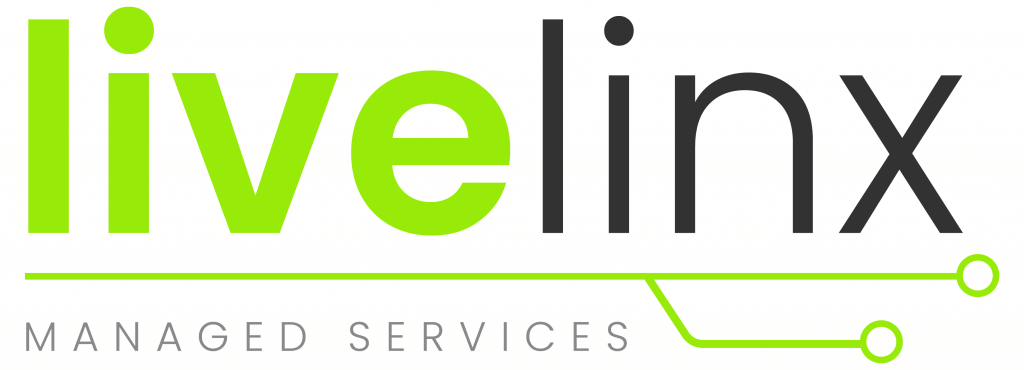
It’s no longer a matter of if, but when your business will face some kind of disastrous threat. With all the mounting vulnerabilities companies face nowadays, it’s important to have a disaster recovery as a service plan.
In the past, it was acceptable and even commonplace to just have all your files backed up on a separate device. This is still a good solution, but when disaster strikes, it’s not going to get you back into action very quickly.
Enter DRaaS, or Disaster Recovery as a Service. These services leverage the power of the cloud to not only provide redundant backups, but also orchestrate the recovery process. A DRaaS solution stores a mirror image of your organization’s IT topology – including networking info and all the rest.
This allows a business to have as little downtime as possible in between the disaster event and the recovery. Because everything is stored on the cloud and gets orchestrated by a Software as a Service platform, there can theoretically be 0 downtime.
Why Invest in Disaster Recovery as a Service?
There are many potential threats which can knock your business offline within seconds. For example:
- Malicious activity such as cyberattacks
- Machine failure
- Power outages, surges, failing PSU
- Natural disasters like floods and hurricanes
- Fires
Any one of these can be absolutely detrimental to your company’s reputation and ability to make money. It’s bad enough to have to deal with these things, don’t make extra work and also have to worry about your recovery procedure.
How Does Disaster Recovery As a Service Work?
The great thing about DRaaS is that it is a direct mirror of all your organizational assets live on the cloud. You don’t even need to put the data back onto a physical machine – it can be virtually booted in the cloud and run as if it were a physical infrastructure.
This is fantastic because it gives you that breathing room to make critical decisions during a time of system failure. It allows all of your compute power to stay online the entire time, albeit off-premises.
When you have rebuilt the physical machines, the data can be pulled from the internet onto the new devices. In the meantime, everything will continue to work as expected off-premises. You will likely experience higher latency since everything would be hosted in the cloud, but the continuity of functionality could be seamless.
You may choose to pay for DRaaS plans through a monthly subscription or as a one-time fee whenever disaster strikes.
Do You Need a DRaaS Solution?
Companies with smaller IT teams should definitely look into a DRaaS plan. To come up with a comprehensive disaster recovery plan, it takes a lot of resources. You would need to create and maintain your own computing center off-site, have it mirror your production environment, and have a dedicated group of techs on stand-by.
By subscribing to a DRaaS plan, you are giving all this responsibility to another entity. As such it can be looked at as a form of insurance.
Depending on your IT department and budgeting for DRaaS, you will need to choose between managed, assisted and self-serve DRaaS.
Managed DRaaS
Managed DRaaS is a fully fledged service where you can leave all of the hard work to the third party. Although it is convenient, you should also maintain very close connection with your provider if you choose this route. It’s important they keep up on all the relevant changes in your organization. This can be a good solution if you have very little time, resources, or expertise to manage a disaster recovery plan.
Assisted DRaaS
Assisted DRaaS is the middle of the road solution, where you and your provider share responsibility over the DRaaS. This is usually done if you prefer to orchestrate certain things yourself. Alternatively, if you have a very unique, customized, particular setup it can be challenging for the DRaaS provider to take over the infrastructure.
Self-service DRaaS
Self-service DRaaS is the most self-directed option, and can cost a lot less or a lot more depending on your organization. In this situation, you would host a second physical site, get it all configured, and are solely responsible for the flow and integrity of the data. This is a good choice for those who have their own IT technicians and want to maintain control over the data.
What’s The Difference Between DRaaS and BaaS?
BaaS stands for backup as a service. It is a much simpler feature which simply mirrors the data from your infrastructure onto offsite servers. It does not contain any information relating to the topology or networking settings and it does not have the same orchestrating features.
Put simply, BaaS is not suitable for disaster recovery. It is a good solution for maintaining archives for various reasons like tax and legal. Beyond this however, BaaS gives you very limited functionality and does not give you that quick recovery time.
Also, many opt to combine their BaaS solution with a DRaaS. That way, in the case of a failure you will be able to maintain all your archives and machines.
Invest in a Disaster Recovery as a Service Plan
Disaster recovery should be an integral part of your business operations. When the time strikes, it will save countless agonizing hours of downtime and wasted productivity.
At LiveLinx, we have teamed up with Datto to provide you with a cloud-based disaster recovery solution. Many different physical solutions are available for the size of your business.
From a little device that sends all your information to the cloud, to fully fledged rack-mounted units capable of virtualization, we have the solution for your business.
